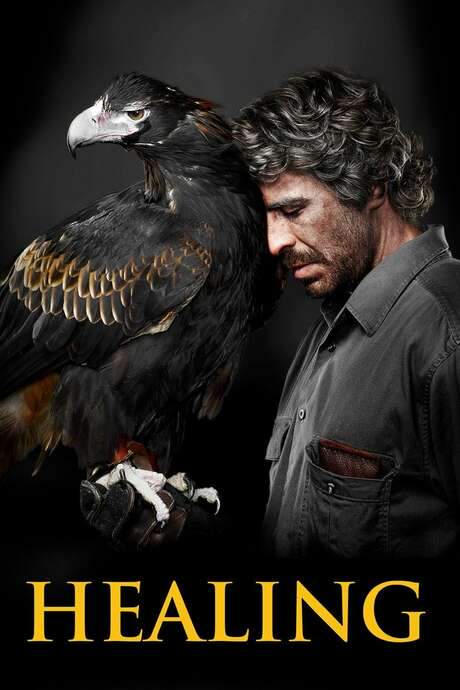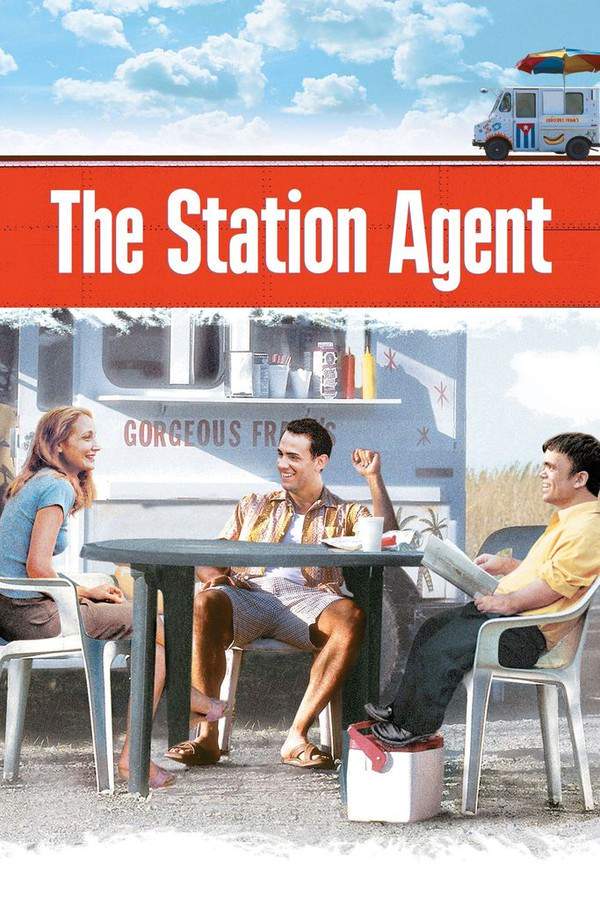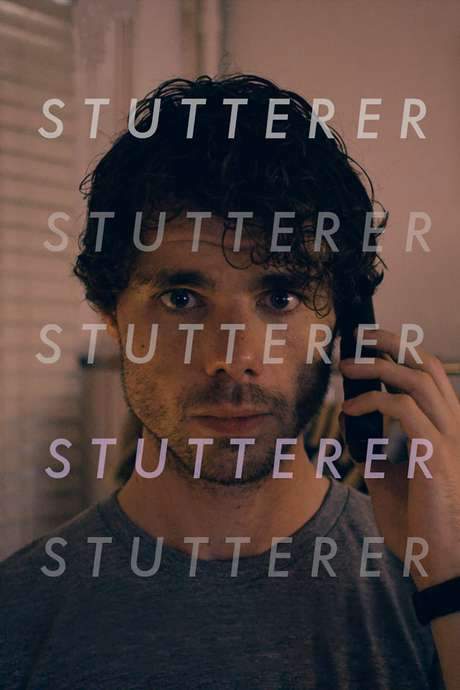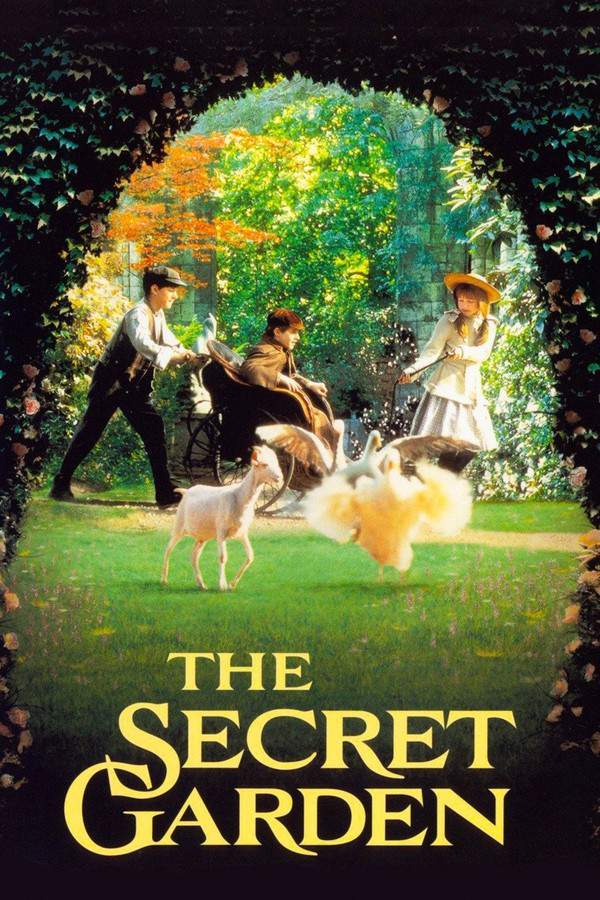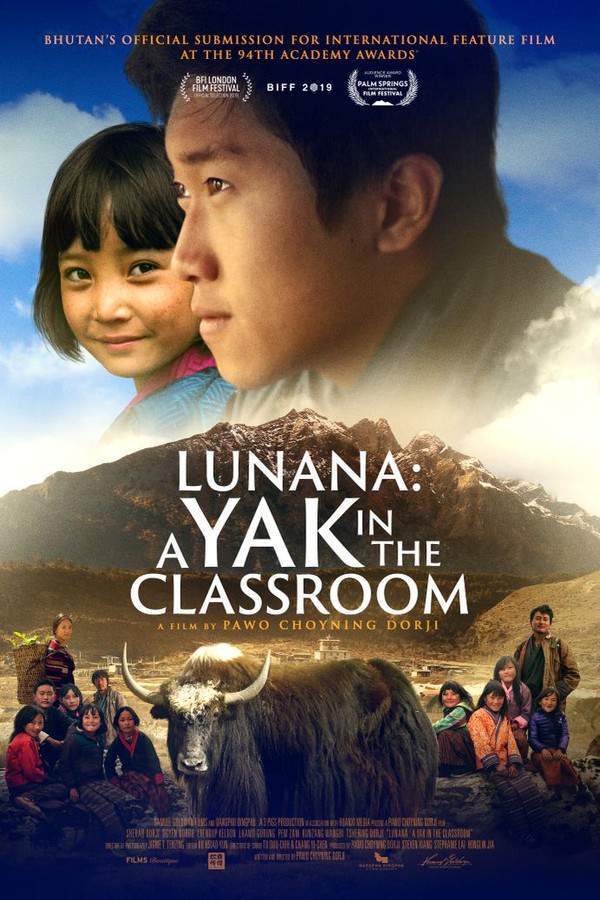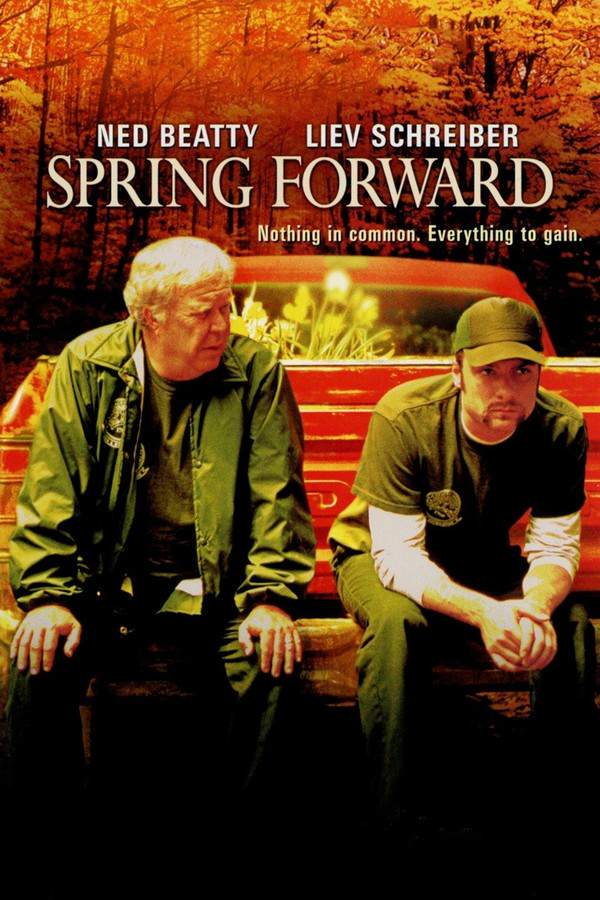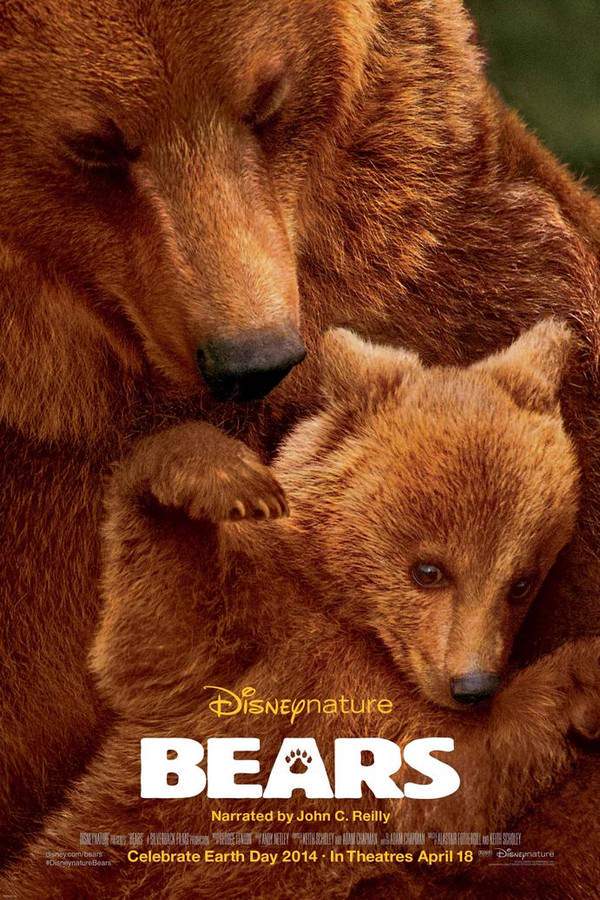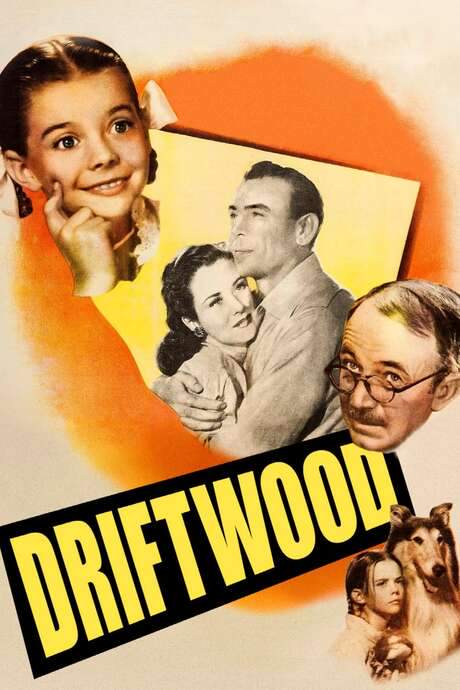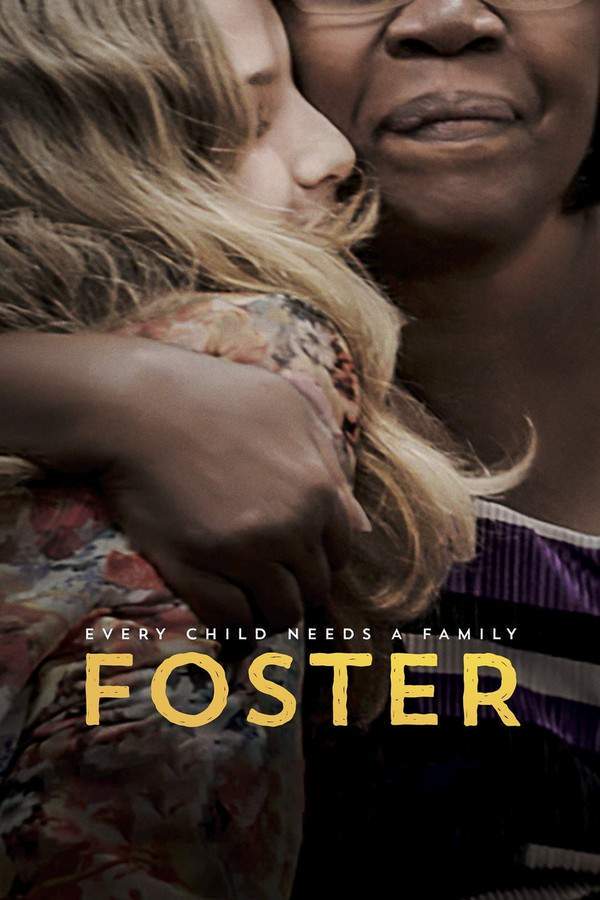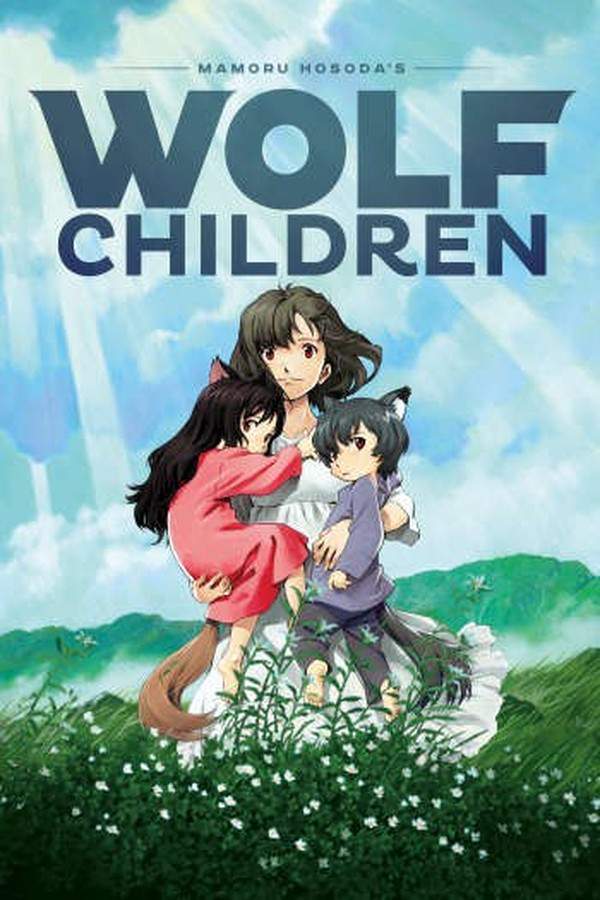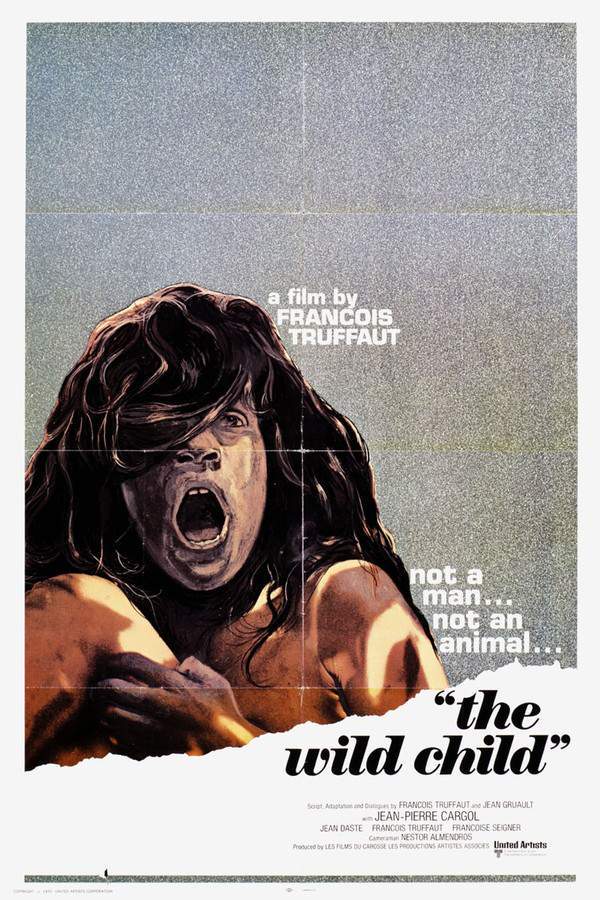
The Wild Child
Year: 1970
Runtime: 83 min
Language: French
Raised by wolves in the wilderness, a young boy is discovered and brought to Paris to be integrated into civilized society. A dedicated educator, Dr. Itard, believes he can nurture the boy’s development and overcome the challenges presented by his isolated upbringing. Through patience and understanding, Dr. Itard strives to help the boy adapt, revealing that his difficulties stem from a lack of human interaction, not from any intellectual or sensory impairments.
The Wild Child (1970) – Spoiler-Free Movie Summary & Plot Overview
Get a spoiler-free look at The Wild Child (1970) with a clear plot overview that covers the setting, main characters, and story premise—without revealing key twists or the ending. Perfect for deciding if this film is your next watch.
In the late 18th‑century French wilderness, a boy who has known only the language of wind and the company of wolves is thrust into a world of cobblestones, clamor, and polite society. His sudden appearance on the outskirts of a remote forest sparks a mixture of fear and fascination, turning a solitary existence into the subject of a curious, almost scientific, pursuit. The stark contrast between his untamed origins and the ordered life of the city sets a tone that is both tender and unsettling, inviting viewers to wonder how far human nature can be reshaped by circumstance.
Jean‑Pierre Cargol is soon placed under the care of a compassionate physician, Dr. François Itard, who sees beyond the boy’s wild demeanor. Itard, a dedicated educator with a gentle resolve, believes that the child’s difficulties stem not from any innate deficiency but from years of isolation. The film unfolds within the hushed rooms of a Parisian institute and the modest home where Itard resides, spaces that feel simultaneously safe and restrictive. Through patient observation and kind instruction, Itard strives to coax language, manners, and a sense of belonging from a mind never before touched by human contact.
The atmosphere is one of quiet determination, with the austere elegance of Enlightenment‑era Paris serving as a silent backdrop to the boy’s tentative steps toward civilization. The interaction between the educator’s measured optimism and the child’s instinctual curiosity creates a delicate dance of trust and discovery. While the story promises challenges, the prevailing mood is one of hopeful perseverance, inviting the audience to contemplate the transformative power of empathy and the innate resilience of a spirit untethered from society.
Last Updated: August 10, 2025 at 14:18
Explore Movie Threads
Discover curated groups of movies connected by mood, themes, and story style. Browse collections built around emotion, atmosphere, and narrative focus to easily find films that match what you feel like watching right now.
Movies about patient journeys of human connection like The Wild Child
Stories where empathy and care slowly bridge the gap between isolation and belonging.Explore films similar to The Wild Child, featuring stories about forming bonds through patience and empathy. If you liked the gentle, instructive relationship between Dr. Itard and Victor, you'll find more movies about compassionate mentors, social integration, and the slow, hopeful process of learning to connect.
Narrative Summary
These narratives typically revolve around a central figure—often a child or an outsider—who is isolated from society, and a compassionate guide who patiently works to integrate them. The plot unfolds as a series of small, incremental steps rather than large dramatic events, focusing on breakthroughs in communication and understanding.
Why These Movies?
Movies are grouped here because they share a hopeful, gentle tone and a slow, observational pace. They center on the transformative power of empathy and the shared journey of teacher and student, offering a reflective and deeply human viewing experience.
Nature vs nurture movies with stories similar to The Wild Child
Films that question the origins of humanity through the lens of isolation and education.Discover films like The Wild Child that explore the themes of nature versus nurture. If you were fascinated by Victor's journey from wild isolation to human society, you'll enjoy similar stories about feral children, social experiments, and the fundamental question of how environment shapes identity and behavior.
Narrative Summary
The narrative pattern involves discovering an individual raised outside of conventional human society—whether in the wild or in extreme isolation—and the subsequent scientific or personal efforts to civilize and understand them. The central conflict explores whether their behavior is innate or can be reshaped by care and education, often leading to revelations about human development.
Why These Movies?
These films are united by their central thematic focus on the interplay between innate character and environmental influence. They share a reflective mood, a straightforward yet poignant narrative approach, and an underlying curiosity about the essence of humanity, making them intellectually and emotionally cohesive.
Unlock the Full Story of The Wild Child
Don't stop at just watching — explore The Wild Child in full detail. From the complete plot summary and scene-by-scene timeline to character breakdowns, thematic analysis, and a deep dive into the ending — every page helps you truly understand what The Wild Child is all about. Plus, discover what's next after the movie.
The Wild Child Summary
Read a complete plot summary of The Wild Child, including all key story points, character arcs, and turning points. This in-depth recap is ideal for understanding the narrative structure or reviewing what happened in the movie.

The Wild Child Timeline
Track the full timeline of The Wild Child with every major event arranged chronologically. Perfect for decoding non-linear storytelling, flashbacks, or parallel narratives with a clear scene-by-scene breakdown.

Characters, Settings & Themes in The Wild Child
Discover the characters, locations, and core themes that shape The Wild Child. Get insights into symbolic elements, setting significance, and deeper narrative meaning — ideal for thematic analysis and movie breakdowns.

More About The Wild Child
Visit What's After the Movie to explore more about The Wild Child: box office results, cast and crew info, production details, post-credit scenes, and external links — all in one place for movie fans and researchers.



